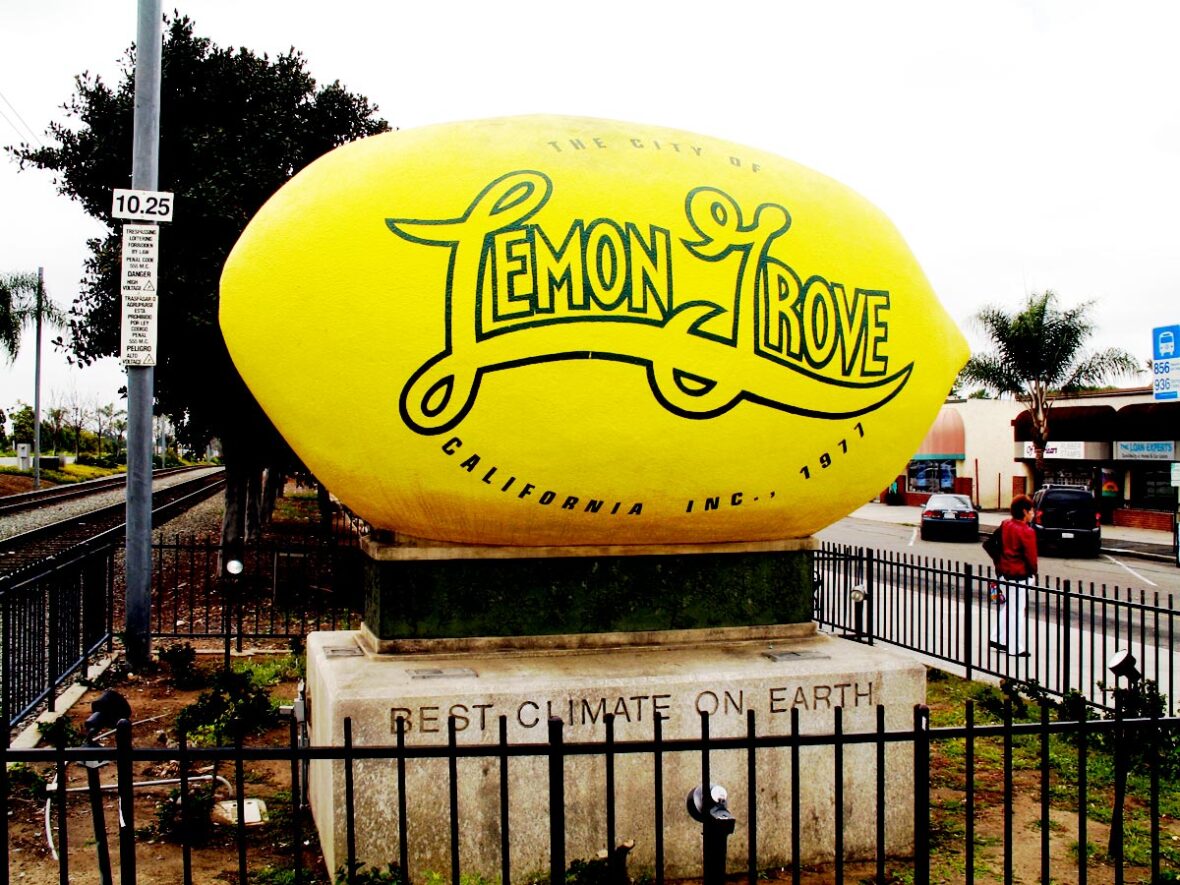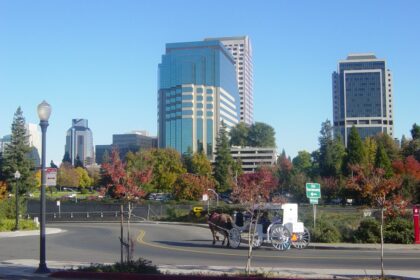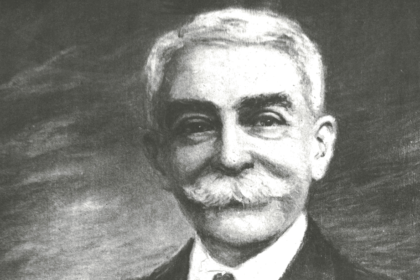Lemon Grove is a city in San Diego County, California, United States. Take a look below for 10 awesome and fun facts about Lemon Grove, California, United States.
1. The population was 25,320 at the 2010 census, up from 24,918 in 2000.
2. The area that eventually became Lemon Grove was part of Mission San Diego de Alcalá, one of the Spanish missions in California.
3. After Mexico became independent from Spain, the Californios (residents of Alta California) ranched on various land grants. The area that now includes Lemon Grove was granted to Santiago Argüello, who received more than 59,000 acres.
4. The first proprietor of Lemon Grove, Robert Allison, arrived in the region in 1850, coming from Sacramento. He purchased thousands of acres from Santiago Argüello’s heirs; this land eventually became Lemon Grove, La Mesa, Encanto, and part of Spring Valley. Allison became a director and stockholder of the San Diego and Cuyamaca Railroad in 1886 and built the Allison Flume.
5. Allison’s son Joseph filed subdivision maps for “Lemon Grove” in 1892. The name is attributed to Joseph’s mother, Tempa Waterman Allison. The climate was suitable for the cultivation of subtropical fruits and vegetables, and farmers from the East and Midwest flocked to the region. The Lemon Grove Fruit Growers Association was formed in 1893; in 1894, the San Diego Union newspaper referred to Lemon Grove as “a sea of lemon trees.”
6. Joseph and Anton Sonka, immigrants from Bohemia, moved to Lemon Grove after stints in Seguin, Texas, and San Diego. The brothers opened a well-known general store, A. Sonka and Son. Anthony “Tony” F. Sonka, the eldest son of Anton Sonka and his German American wife Anna Klein Sonka, was also a local notable. He was a key supporter of the huge lemon that became the town’s symbol and landmark.
7. Sonka and a committee of local ranchers hired local architect Alberto Treganza to build the huge lemon to “make the ultimate statement about the town’s purpose, prosperity, and optimism.”
8. In the Lemon Grove Incident in 1931, Mexican American parents in Lemon Grove pursued a successful judicial challenge against the decision of the local school board to build a separate school for Mexican American pupils. The decision of the Superior Court for San Diego County in Alvarez v. Lemon Grove was the first successful lawsuit against school segregation.
9. By World War II, most of the citrus groves had disappeared and suburbanization had begun. There had been four elections on incorporation from the 1950s to the 1970s; the issue caused heated debate in the town. The city was finally incorporated on July 1, 1977, becoming California’s 414th city. Lemon Grove was incorporated as a general-law city; however, it continues to receive law enforcement services, via contract, from the San Diego County Sheriff’s Department.
10. Weighing some 3000 pounds, and approximately 10 feet long and six feet wide, the lemon sculpture—affectionately known as the World’s Biggest Lemon—sits on a concrete base at the corner of Broadway and Lemon Grove Avenue, adjacent to 3361 Main Street. It lies before a small lemon grove beside the Orange Line Trolley tracks near the local trolley station and downtown bus stop. Written across the base of this monument are the words “Best Climate On Earth”. Designed by Lemon Grove architect Alberto O Treganza, the lemon was originally built as a parade float for the 1928 Fourth of July Fiesta de San Diego parade, carrying the town’s first Miss Lemon Grove, Amorita Treganza, Alberto’s 16-year-old daughter. In 1930, the float was plastered to create a permanent sculpture and displayed near its current location.




